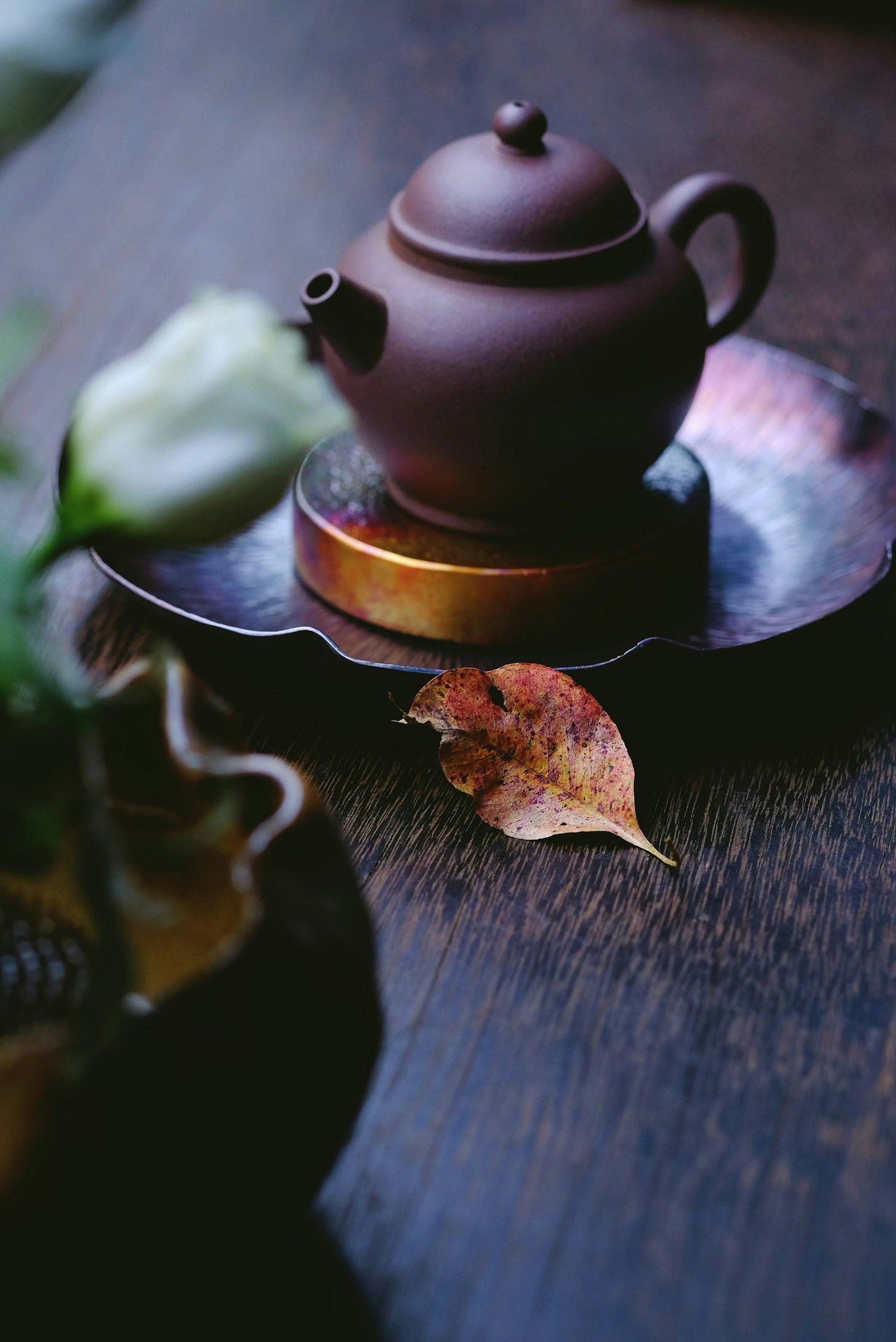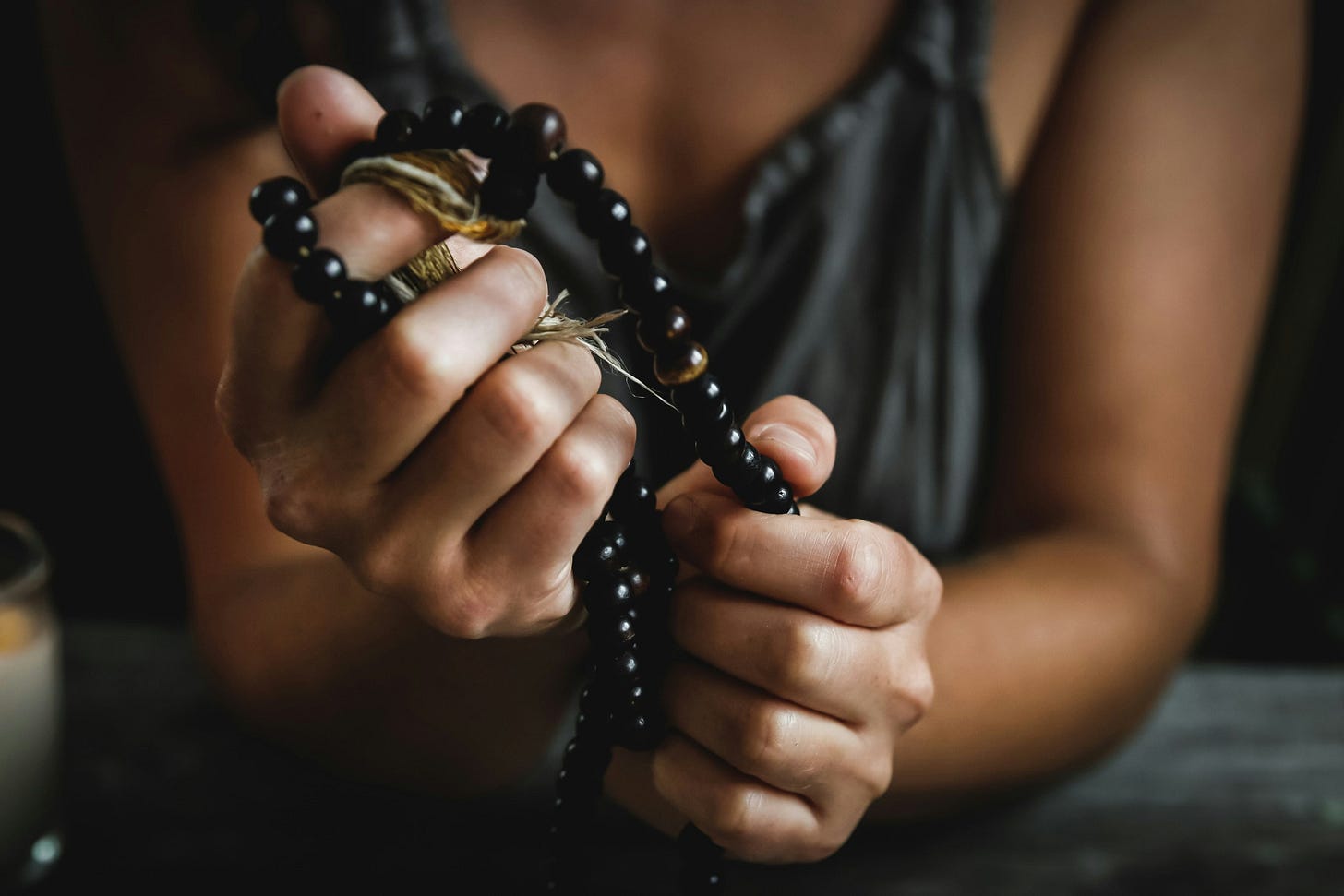Seeds of Mindfulness
Tracing the path from anxiety to interbeing, and the poems that grew along the way.
“Because you are alive, everything is possible.” — Thich Nhat Hanh, Living Buddha, Living Christ.
In 2015, without realizing it, I planted a seed. I sat down to try meditation, not out of wisdom or deep calling, but simply because my anxiety needed somewhere to go. Around the same time, I discovered the gentle teachings of Thich Nhat Hanh, a Vietnamese Buddhist monk who devoted his life to peace and to teaching others the art of mindful living. I didn’t know then how deeply his words would echo through my life.
For a long while, those seeds of Buddhism lay dormant. I dabbled in meditation, read a book here and there, or watched a video, but the practice never fully bloomed. It wasn’t until two years ago that I began to nurture those seeds with real care, and they started to grow into something rooted in my daily life.
At first, meditation was simply a tool to ease anxiety. Over time, I began to notice how the practice wasn’t only helping me, it was shifting the way I related to others. These days, when I sit on the cushion, I don’t think of meditation as mine alone. I practice with the shared human experience in mind.
Buddhism has changed how I measure my relationship with myself and with the people around me. For example, I used to suffer from extreme FOMO. That anxious sense of missing out once dictated too many of my choices. Now, I can recognize when that feeling arises and pause before letting it steer me toward regret. To borrow from Pixar’s Inside Out, I no longer let Anxiety grab the wheel. Of course, I still feel the tug of FOMO and the hum of anxiety, but my relationship to those emotions has changed. I can notice them in my body, name them, and stay grounded using the tools meditation has given me.
“Feelings come and go like clouds in a windy sky. Conscious breathing is my anchor.” — Thich Nhat Hanh, Stepping into Freedom: An Introduction to Buddhist Monastic Training.
What Buddhism teaches, in part, is that within each of us are seeds—of love, compassion, and understanding. With practice, we can water those seeds so they rise more easily to the surface of daily life.
This spiritual path has also shaped my creative life. Poetry, too, is a shared human experience. It isn’t only the poet sitting alone with their words. It is also the reader, the listener, the fellow poet who might be moved or inspired by them. Writing has become, for me, another way of practicing interbeing, the recognition that we exist in relationship with everything else.
Over the summer, I took a Buddhism 101 course that deepened this understanding. One chapter focused on interbeing, the idea that we could not be without the trees, the clouds, the animals, and the whole web of life. We are not separate. We are the earth breathing itself in many forms. A class prompt asked us to explain interbeing with metaphors, and my answer arrived like a small poem:
The goats are the grass. The painter is the painting. The bumble bee is the flower. The gardener is the garden. These words on the page are the whole cosmos.
These reflections, like my poems, are seeds I wish to share. One of my recent poems, Leaves Without Witness, grew directly from this soil of Buddhist practice and the idea of interbeing. I’m not sure it would have come into being without the mindfulness, the teachings, and the quiet guidance of this path.
“Our appointment with life is in the present moment. The place of our appointment is right here, in this very place.” — Thich Nhat Hanh, Our Appointment with Life.
Nearly a decade ago, I planted a seed. Today, I write to you from a garden still in process, tended with meditation, nourished by poetry, and watered by the teachings of Buddhism. My hope is that what grows here might also offer a small seed of peace for you.
I’d love to hear if mindfulness, meditation, or poetry has shaped your life in some way. Feel free to share your own seeds of practice in the comments. I always imagine these essays as conversations, not monologues.
Until next time, may you find a moment of stillness today—a breath, a pause, a soft place to land.



